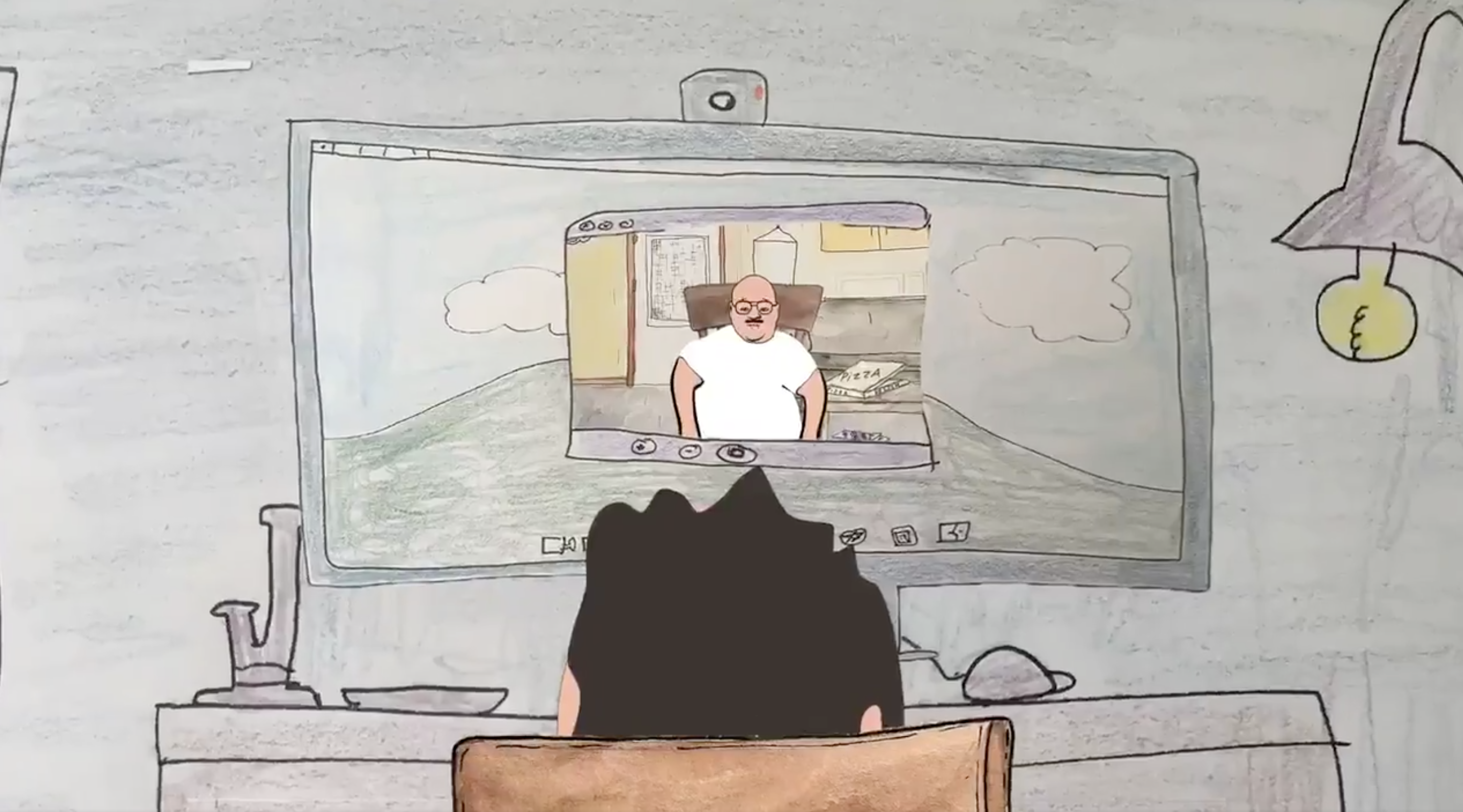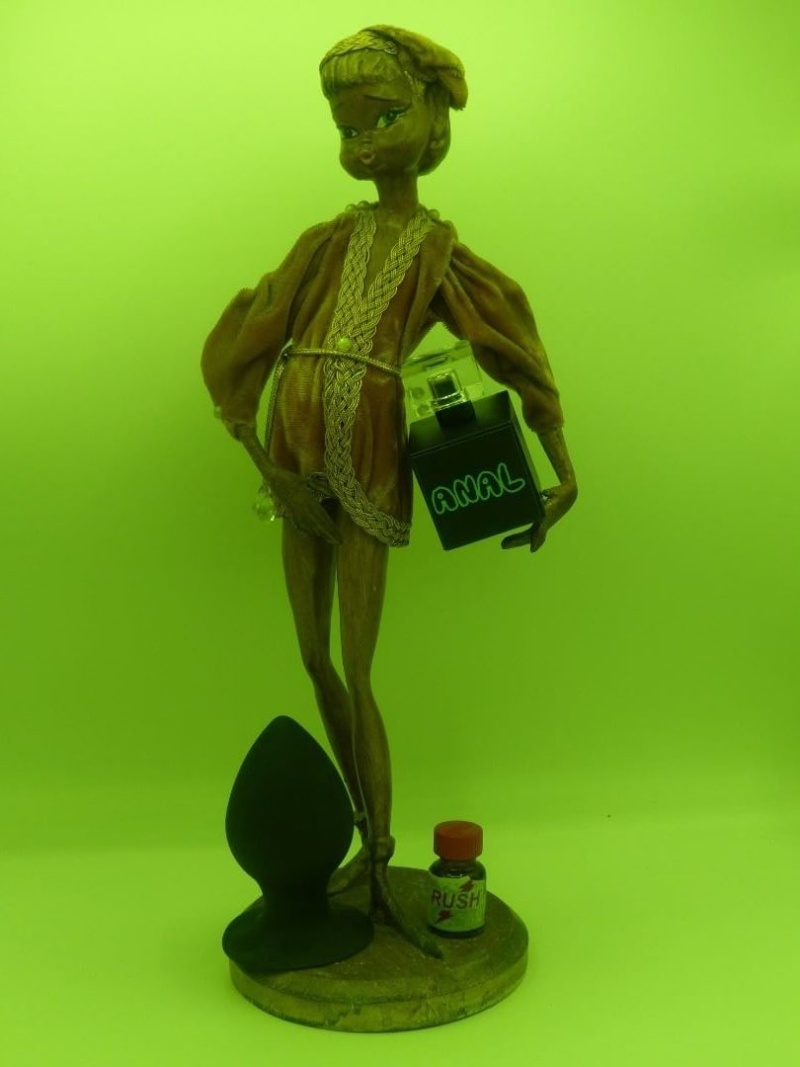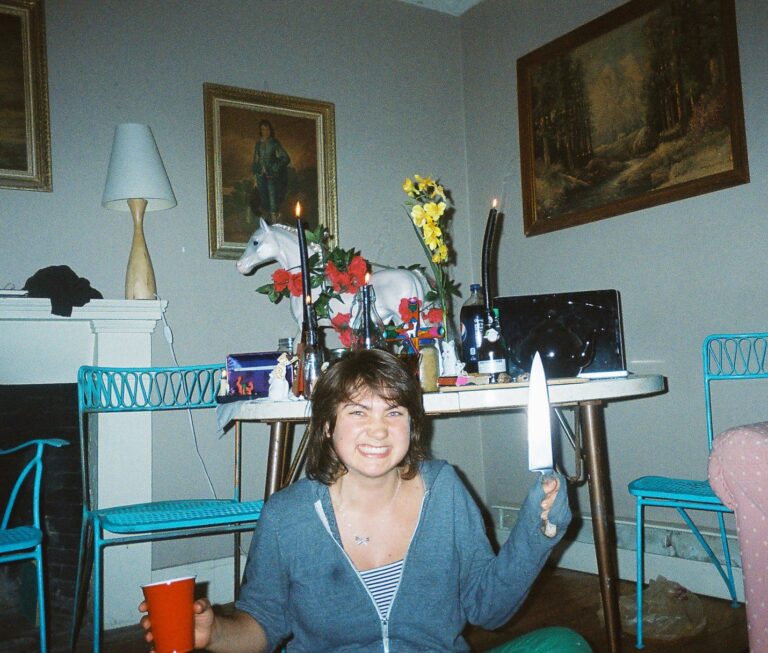
The return of 2019-20 NBA season
I often find myself spending way too much time trying to figure out what day of the week it is. Tuesday to Thursday is either “not Monday” or “I guess it’s almost Friday now.” Once the weekend finally hits my consciousness, it sort of blends into one long day of not knowing how to utilize my time properly. If only I had an advent calendar of productive tasks to help me compartmentalize my pandemic-days into digestible moments.
Despite the very low-bar I set for the league’s brain trust, I was very excited to see the NBA announce its return. Finally, I can be spoon-fed content and enjoy large sweaty men throw an orange ball into a netted basket. They’ll call this new wave of basketball, “The Bubble,” though I prefer snow globe. I can toss and shake the translucent ball around and steal moments of serotonin, all while its contents are turned completely upside down. By the time Monday, August 17th rolls around, we’ll have our first-ever quarantine-filled playoff run. Eight teams, two conferences, best of seven. Finally some structure to a somewhat rudderless pandemic-week.
If you’re into this sort of thing, I highly recommend Pod Don’t Lie, a basketball podcast to help guide you through the next couple of weeks. —Katie Brown, Art Director

Anal by UFO Parfums
My boyfriend hates Anal. The only time I spray the Maxwell Williams-designed perfume in his presence, he performs a freshman inhale. When he catches his breathe, he calls the scent “animalistic” and “piss-like.” I agree, but the way we say it is different. I feel feral when I wear it. UFO Parfums’ potent brew of Indian frangipani, Vietnamese agarwood, Haitian vetiver and Italian bergamot invokes a deranged kind of sexy that feels almost costume-y, even when the scent settles on the skin.
When you pop the plastic top off the Spencer’s Gifts-appropriate packaging, the smell begins leaking—dragging with it an earthy punch in the face. I’m not a nose—but if I were to make up a story about how the smell makes me feel, it would involve a wet dream about being buried alive, calling to mind another middle school touchpoint: an early sexual revenge fantasy wrapped up in Uma Thurman’s harrowing, bloody-fisted escape from a sunken coffin in Kill Bill Vol. 2. Maybe Anal isn’t for everyone, but I’m going to cherish each drop. It will be available online starting in September; but, if you need it sooner, inquires can be made here. —Kat Herriman, Features Editor

“Bauhaus Chicago: Design in the City” at the Art Institute of Chicago
Though its life as a German design school lasted just 14 years, the Bauhaus’s legacy turned it into a global phenomenon. Known for a multidisciplinary education based in a hands-on approach, the Bauhaus was disbanded in 1933 after pressure from the Nazis, who feared its utopian, free-thinking ideals created a breeding ground for “cultural Marxism”—an antiSemitic conspiracy theory. Its teachers and students fled to all corners of the world, bringing its ideologies with them. In the United States, that Bauhaus hub was Chicago.
To mark the 100th anniversary of the Bauhaus last year, the Art Institute of Chicago opened a show exploring the tenets of the movement and the resulting work of its American students. Interrupted by a temporary COVID-19 shutdown, it has just reopened with an extended schedule. While names like Richard Schultz and Arthur Siegel might be familiar to design fans, how about Dori (Hahn) Altshuler or Elsa Kula? Discovery is plentiful in the objects, photographs, jewelry, textiles, furniture and more on view, many of which have a distinctly contemporary feel. A punchy graphic design brochure conjures images of today’s favorite illustrators while a canvas-stretch chaise longue would feel right at home in any 21st-century backyard. The legacy lives on. “Bauhaus Chicago: Design in the City” is open at the Art Institute of Chicago until September 21. —Elizabeth Fazzare, Special Projects Editor










 in your life?
in your life?

